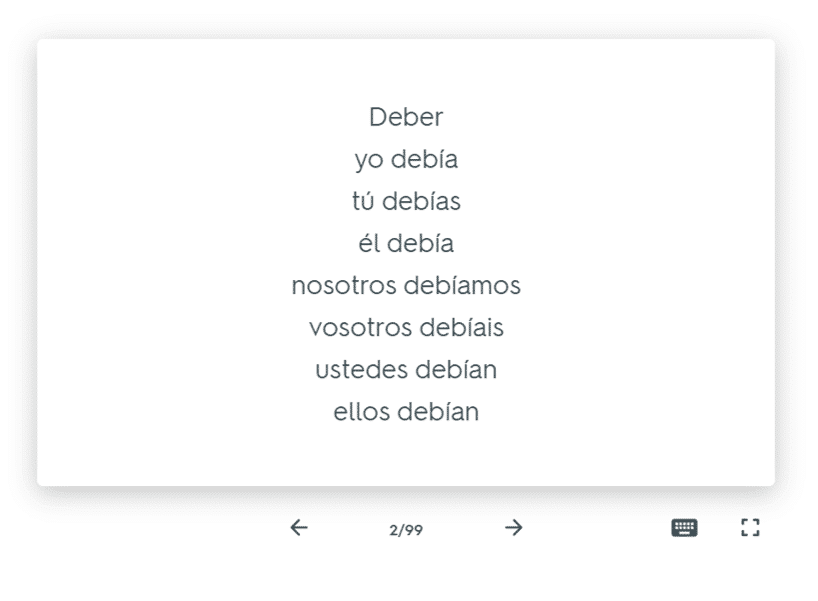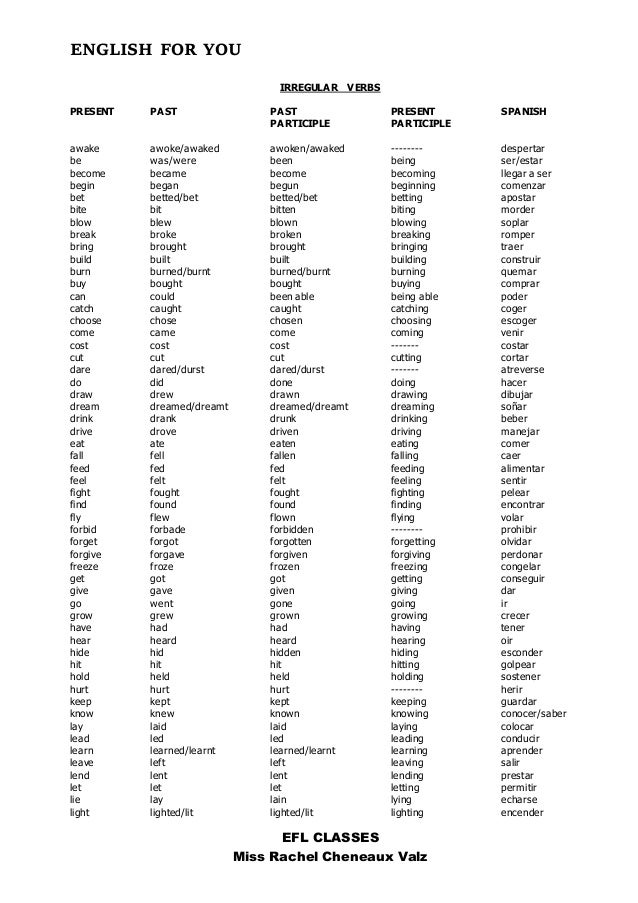

( Here’s a quick run-down on when and how to use subjunctive verbs in case you need it.) The subjuntivo del pluscuamperfecto (past perfect subjunctive) is a little more complicated for English speakers. In this sentence, the verb había salido (had left) is an example of an indicative pluscuamperfecto verb. (John had already left when Sarah arrived.) For example, the previous sentence translated into Spanish would read: The Spanish indicative pluscuamperfecto works the same way. Since John left before Sarah arrived, we must use the past perfect to talk about John leaving. This sentence deals with two actions, both of them in the past: John leaving, and Sarah arriving. John had already left when Sarah arrived.

To refer to the action that happened further in the past, use the pluscuamperfecto.įor example, take a look at this English sentence, paying particular attention to the verb conjugated in the past perfect. Just like the English past perfect, we use the pluscuamperfecto when talking about two actions that happened in the past. First, though, we will need to learn when to use the pluscuamperfecto. The conjugation of haber depends both on the subject of the sentence and on whether the sentence requires an indicative or a subjunctive verb.Ĭonfused yet? Don’t worry-conjugating the pluscuamperfecto is much easier than it sounds. In this case, we use a conjugation of the auxiliary verb haber, plus a past participle. The pluscuamperfecto is a compound tense, meaning it uses two verbs conjugated differently. The pluscuamperfecto-or the “past perfect” or “pluperfect” in English-is one of Spanish’s many tenses used to talk about actions that happened in the past.
PAST PARTICIPLE SPANISH RULES PDF
This blog post is available as a convenient and portable PDF that youĬlick here to get a copy.

How to Conjugate the Spanish Pluscuamperfecto.This article will give you a full crash-course on how, when and why to use the Spanish pluscuamperfecto- plus cool songs in which this tense is used. Often we see scary-sounding things and think they must be difficult. But don’t make that assumption when you get to the Spanish pluscuamperfecto. Sounds like something that could kill you, right? Wrong. Have you ever heard of dihydrogen monoxide? Pluscuamperfecto: The Spanish Tense That’s Way Easier Than It Sounds


 0 kommentar(er)
0 kommentar(er)
